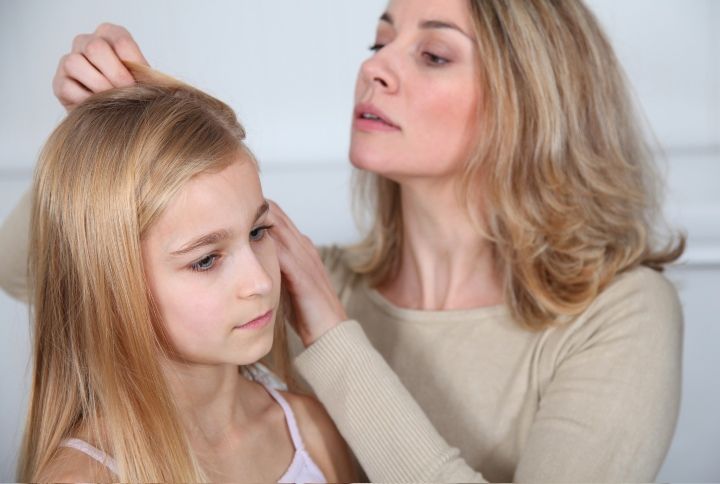I’m pretty sure that everyone has dealt with the dreaded issue of head lice as children. I think it’s far worse for the parents because they never know how to effectively treat this issue. The fact is that if your child is sharing space with other children at school then the fact remains that they are likely to bring it home with them. Lice tend to spread like wildfire and the aftermath can be quite horrifying. Also don’t freak out and have a panic attack, the hair can be treated, you just need to be diligent and patient through it all. Having lice does not indicate that your or your child is dirty. Even the cleanest person in the world could contract head lice from coming in contact with someone who has lice.
First, let’s talk about what lice actually is and what are the common scenarios of contracting it?
What are lice?
Head lice are tiny and extremely contagious parasites that are essentially harmless. They must feed on human blood to survive which means you cannot contract them from your pets. They also don’t carry or cause any diseases. Head lice have no wings and thus cannot fly and can only crawl. Adult lice will grow to the size of a sesame seed and lay eggs close to the skin on the scalp.
Their eggs, better known as nits are immobile and latch themselves onto strands of hair. Nits can hatch quickly thus rapidly growing the infestation on the scalp if not treated in a timely way. Getting rid of lice requires one to eliminate the lice and the nits; they cannot survive in water and hence cling to the hair for dear life when one bathes. As a result, some form of contact is required for lice to be transferred from one person to another.
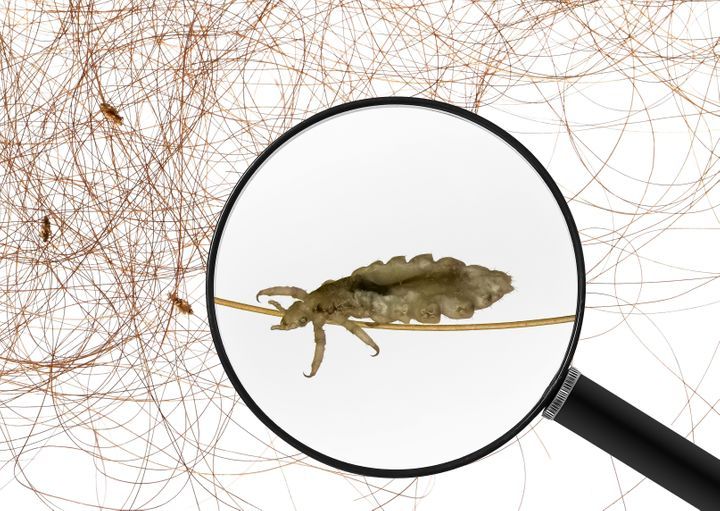
Common scenarios of contracting head lice:
- Being in close proximity to someone
- Sharing towels and combs
- Sleeping in the same bed
- Sharing clothes and hair accessories
What are the symptoms of head lice?
- An itchy scalp
- Visible dandruff flakes from the itching
- Feeling like there is something crawling on the scalp
- Spots of blood on the scalp, which can become infected
The risk of infection is higher if they are scratching their scalp a lot.
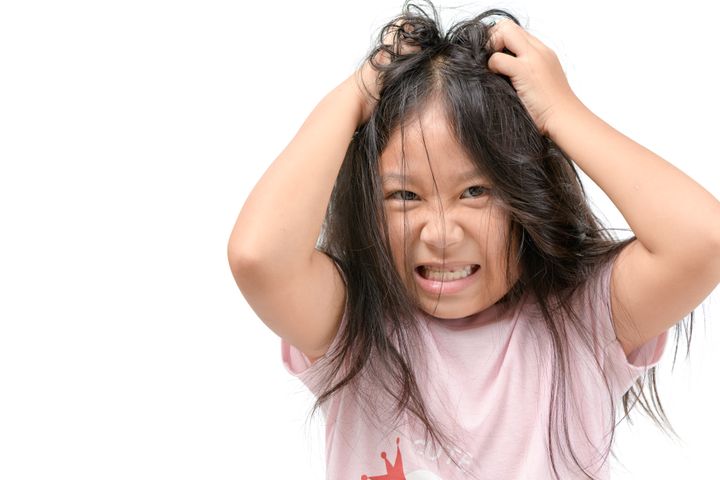
How do I check for head lice?
Since head lice are microscopic in nature the best way to scan for them on your child’s head is by using a magnifying glass. Also helps to do this under a bright light because lice don’t like harsh lights and will tend to scramble under it making them easy to spot. If you spot tiny white dots stuck to your child’s hair then it’s likely they have lice. If you still aren’t sure then it’s best to check in with a health care professional.
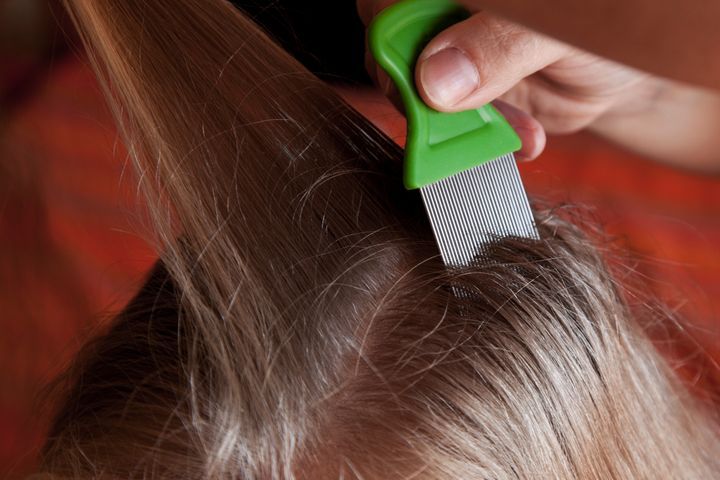
How can one effectively treat head lice?
Firstly, it is very important to not panic. Just make sure to treat the issue at hand immediately because lice tend to grow rapidly and spread rapidly as well. If one member in the household is infected, it is best to check everyone in the house for lice as well.
Buy a fine-toothed lice comb
This one is key to nit and lice removal. The fine teeth help pull out the nits and lice.
Use oil, mayonnaise or petroleum jelly
Use an oil you prefer—it can be olive oil, coconut oil or any hair oil. The oil needs to be left in the scalp overnight for it to take effect. Oil blocks their breathing causing them to suffocate and die. Similarly, petroleum jelly and mayonnaise have the same effect given their thickness. They are also slimy enough to scrape the lice out of the hair with a fine-toothed comb. It’s also best to leave these treatments overnight, one could use a shower cap to sleep in and cover the head after application.
Get an over-the-counter lice shampoo
These require to be used over a period of 4 weeks and only on Sundays. Scrub the shampoo into the scalp and let it sit for 4 minutes. Wash off and repeat the same step again. While using a lice shampoo avoid using a normal shampoo and conditioner. Always comb the hair out after a hair wash.
Dry your hair off with a hot dryer
Hot air methods have proven to be highly effective in killing off lice and nits. So use a hairdryer on your freshly washed hair.
Wash hair with vinegar
The acetic acid in vinegar is considered helpful for nit combing especially after using any form of treatment. However, there is no proven evidence of its benefit. White vinegar is recommended mostly diluted with water or directly to the scalp with a cotton ball.
Hot water soaks
You could try to dunk your hair in a tub full of warm water. Although, there has been no information proving that this method is effective. Chlorinated water has also proven to be ineffective.
Give your house a deep clean
Lice cannot fly so there is no real need to go crazy with this deep cleanse. Simply, wash beddings, caps, scarves and towels in hot water, and dry in the sunlight. It is also best to soak the combs and brushes in very hot, soapy water.
Lice and nits are killed by long exposure to heat. If you can’t wash or launder an item, soak it in hot water for five to ten minutes and seal it in a ziplock bag or plastic bag for up to two weeks to kill the lice. To be on the safe side you could also vacuum the mattresses, furniture, and floors to remove any hair that could have fallen around from your child’s hair.
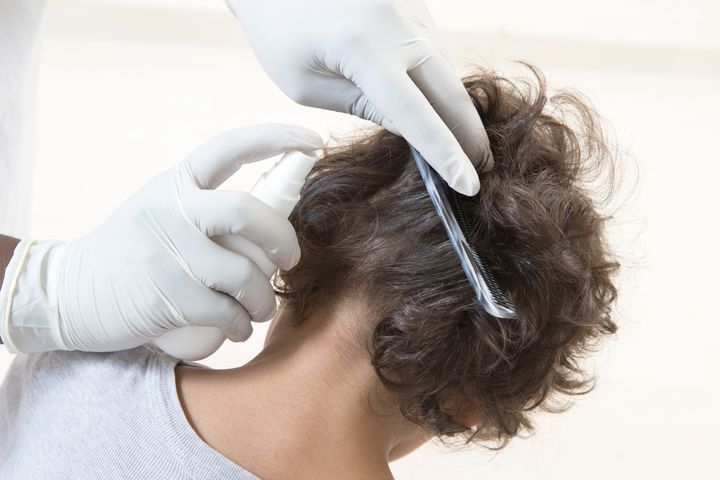
What to do after treatment?
After using your preferred method of treatment make sure you continue to comb your hair out regularly with that fine-toothed comb. Best to avoid your regular shampoo and conditioner over the next few days after your treatments. Keep checking for lice for the next 4 weeks.
Common myths about hair and lice:
Lice cannot live in short hair is a common myth because they do not care about the length of hair. They simply attach themselves to your scalp to survive and feed off your blood.
You do not need to fumigate your house or treat your pets. Having lice has nothing to do with cleanliness or poor hygiene. They do not come from the outdoors or your pets. They mostly always get transferred from close contact between people.
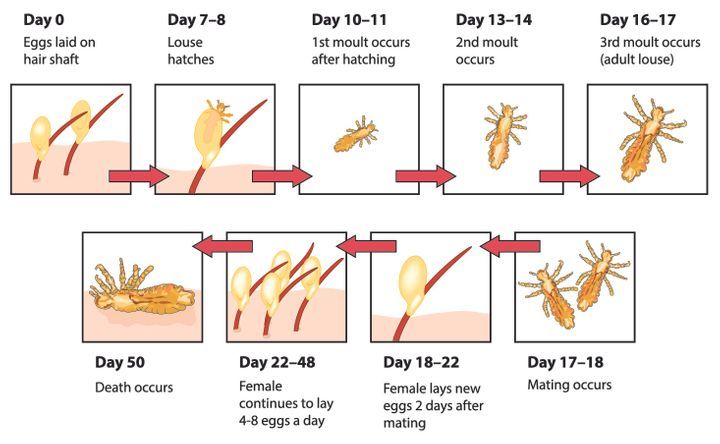
It is always best to check with a medical professional before applying any methods you read about.
Do you know of any tried and tested home remedies? Let me know in the comments below
And make sure to follow @missmalinibeauty on Instagram for all your beauty updates.

